Sudden onset of neurological symptoms after exertion, accompanied by vacant episodes that were triggered by movement of the arm due to steno occlusive disease in the subclavian artery, proximal to the origin of the ipsilateral vertebral artery.


Sudden onset of neurological symptoms after exertion, accompanied by vacant episodes that were triggered by movement of the arm due to steno occlusive disease in the subclavian artery, proximal to the origin of the ipsilateral vertebral artery.
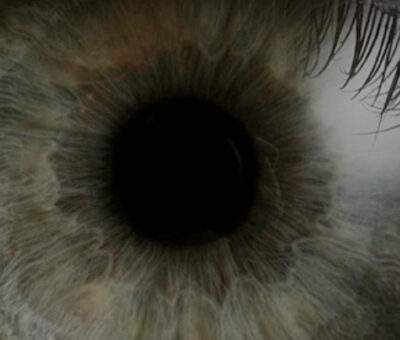
This session covers the initial assessment of eye and visual problems in the Emergency Department.
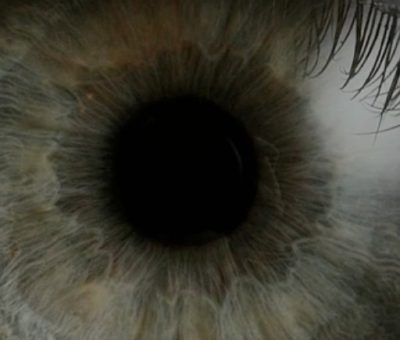
This module covers the initial assessment of eye and visual problems in the Emergency Department.

An 84-year-old gentleman attends ED with a 48-hour history of tight central chest pain on exertion.

Hyperglycaemic hyperosmolar state is a medical emergency and is different from DKA and as such its treatment requires a different approach.
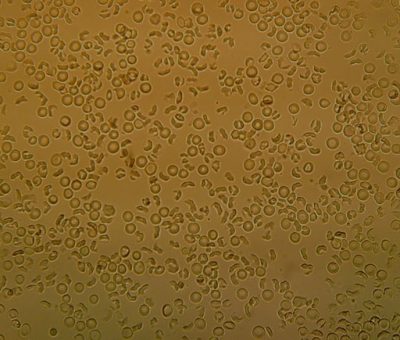
A 51-year-old man is seen in the Emergency Department with severe abdominal pain and inability to pass urine.

A man in his thirties presents to the ED after being instructed to do so by an optician, suspecting a stroke.

This SBA addresses an important time-critical complication of wound infection where early diagnosis and management can save a patient’s limb.

A 35-year-old male presents with central non radiating chest pain with ECG changes and a blood pressure of 241/179mmHg.

An 80-year-old woman arrives after an unwitnessed fall, uninjured but profoundly unwell – dizzy, fatigued, and oliguric. Could this be the tip of a multifactorial medical iceberg?
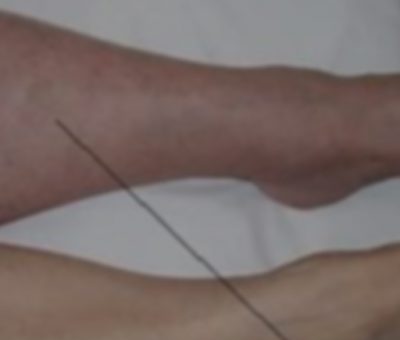
A 38-year-old man reattends obtunded and narcosed after being treated for a DVT the day before.

A 24-year-old presents with haematemesis on a background of alcohol excess.

Every patient has the right to be involved in decisions about their treatment and care. Informed consent ensures that patients have all the necessary information to make free and informed decisions about their medical care.
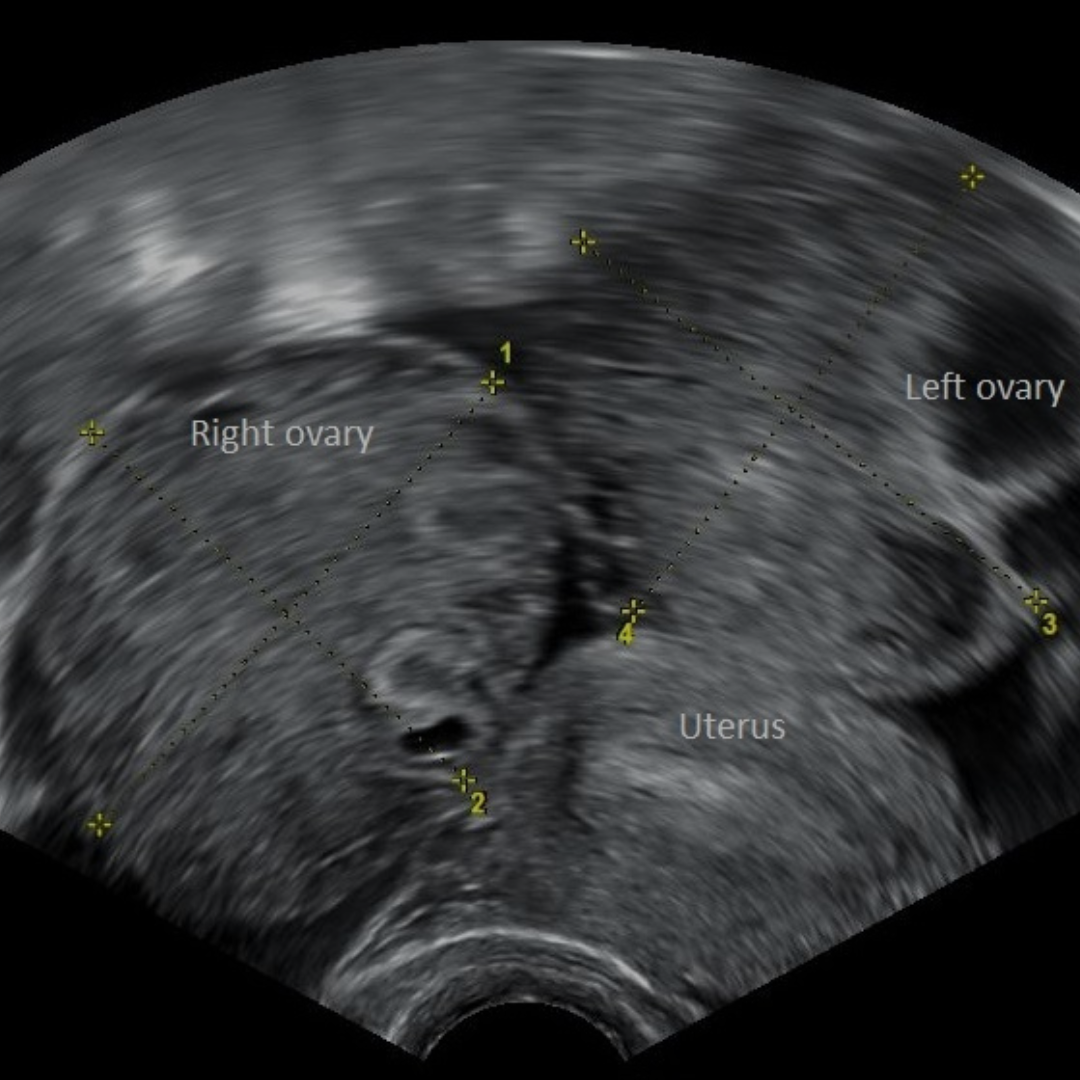
Authors: Thomas Mac Mahon / Editors: Frances Balmer / Codes: / Published: 04/04/2025 Introduction Context Ovarian hyperstimulation syndrome (OHSS) is a complication of fertility treatment as outlined in the Royal College of Obstetricians and Gynaecologists’ Green-top guideline.1 OHSS is usually mild, self-limiting and does not require emergency department review. However severe or critical OHSS has significant associated […]

This module covers Ovarian hyperstimulation syndrome (OHSS), which is an iatrogenic complication of fertility treatment.

Young adult female patient presenting to the ED with abdominal pain, constipation and confusing findings in erect abdominal x-ray.

A 75-year-old female with no significant past medical history
presents to the ED with sudden onset of sharp left upper
quadrant pain.

Amy is a girl who has Down syndrome. She is not a Down’s girl, or even a Down’s

This is a hugely common presentation in the ED and often one many doctors try to avoid

How will you manage the absconding patient?